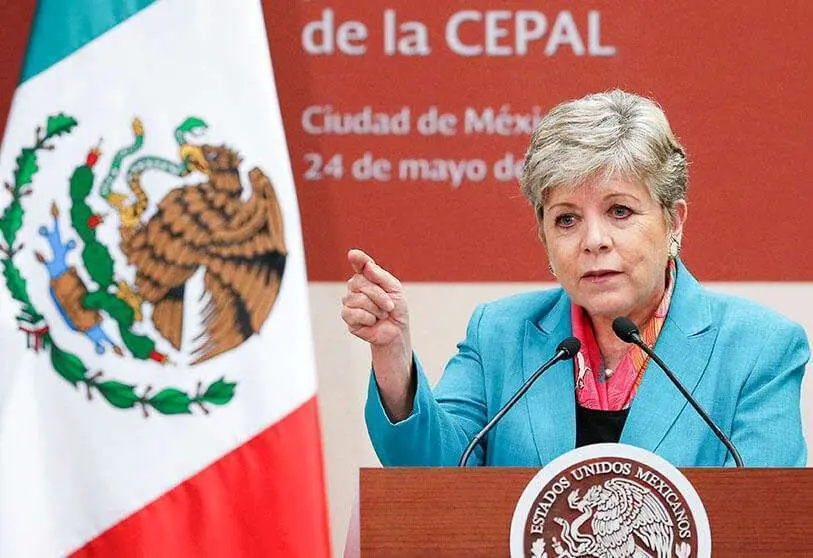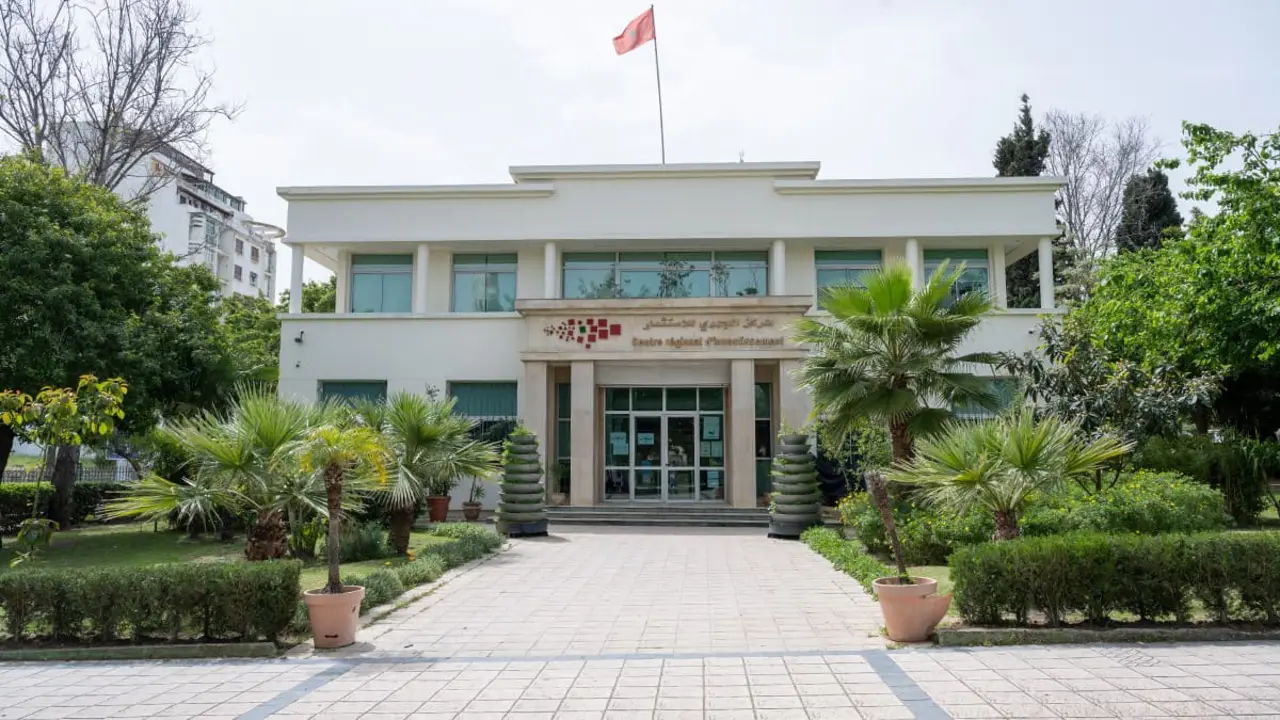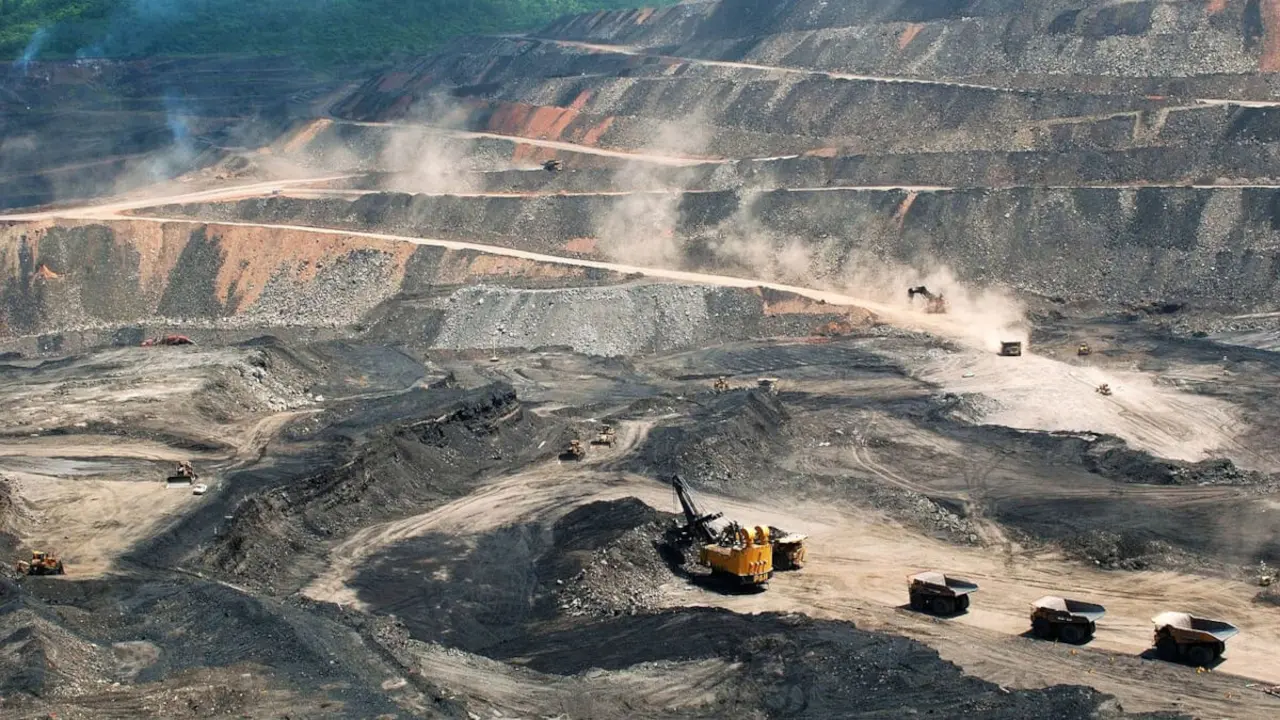The coronavirus will leave Latin America in free fall, poorer and with higher unemployment

The economic recession is deepening in Latin America, a region suffocated by the coronavirus pandemic, where most countries continue with their semi-paralyzed economies and where ECLAC estimates a 9.1% drop in GDP this year, the worst figure in a century. "We have a contraction like we haven't seen in 100 years. We are facing a new lost decade and the GDP per capita will fall to 2010 levels," said the executive secretary of the UN body, Alicia Bárcena of Mexico, on Wednesday.
In a new report, ECLAC worsened the region's economic forecasts because "both external and domestic shocks have been stronger than expected last April," when the agency predicted a 5.3% drop. The South American sub-region is the worst performer, with a 9.4% drop, followed by Central America and Mexico (-8.4%) and the Caribbean (-7.9%), from which Guyana must be excluded because of its strong growth due to oil. Giants like Brazil, Mexico and Argentina will fall 9.2%, 9% and 10.4%, respectively, while Peru will fall 13%, Chile 7.9% and Colombia 5.6%.

With more than 3.4 million infected and nearly 350,000 deaths, the region is now one of the world's major hot spots for the pandemic, and while some countries like Uruguay and Paraguay have recovered some normalcy, others have had to intensify containment in the face of a persistent increase in new cases every day.
The cessation of economic activities will bring the unemployment rate to 13.5%, which implies an increase of 5.4% compared to 2019, and will raise the number of people without work to 44.1 million, an increase of nearly 18 million over the previous year. "These figures are significantly higher than those observed during the global financial crisis, when the unemployment rate rose from 6.7% in 2008 to 7.3% in 2009," warned Bárcena.

The poverty projection is no more encouraging: the agency estimates that the rate will increase this year to 37.3%, bringing the number of poor people from 185.5 million in 2019 to 230.9 million this year, while extreme poverty will increase by 28.5 million this year and will have a particular impact on women.

For the Secretary-General, this crisis has highlighted the vulnerability of the region's middle classes, where 8 out of 10 people will live on a monthly income of less than $500. "There is a downward mobility. We cannot get out of this crisis poorer, more unequal, more malnutrition and more anger, we have to create the conditions to reach a political and fiscal pact and greater social welfare," said Bárcena.

Countries in the region have announced large fiscal packages to address the health emergency and mitigate its social and economic effects, but "as containment spreads, additional efforts are needed," the secretary said. Among the measures suggested by the agency are an emergency basic income, an anti-hunger bonus of US$67 and whose total cost is estimated at 0.52% of regional GDP, as well as aid for small and medium businesses.

The region, which has 626 million people and is considered the most unequal in the world, is facing the pandemic at a time when its economy is weak, with growth that barely reached 0.1% last year. Before COVID-19, ECLAC predicted that Latin America would grow by a maximum of 1.3% in 2020. "National efforts must be supported by international cooperation to expand policy space through increased concessional financing and debt relief," Bárcena concluded.








